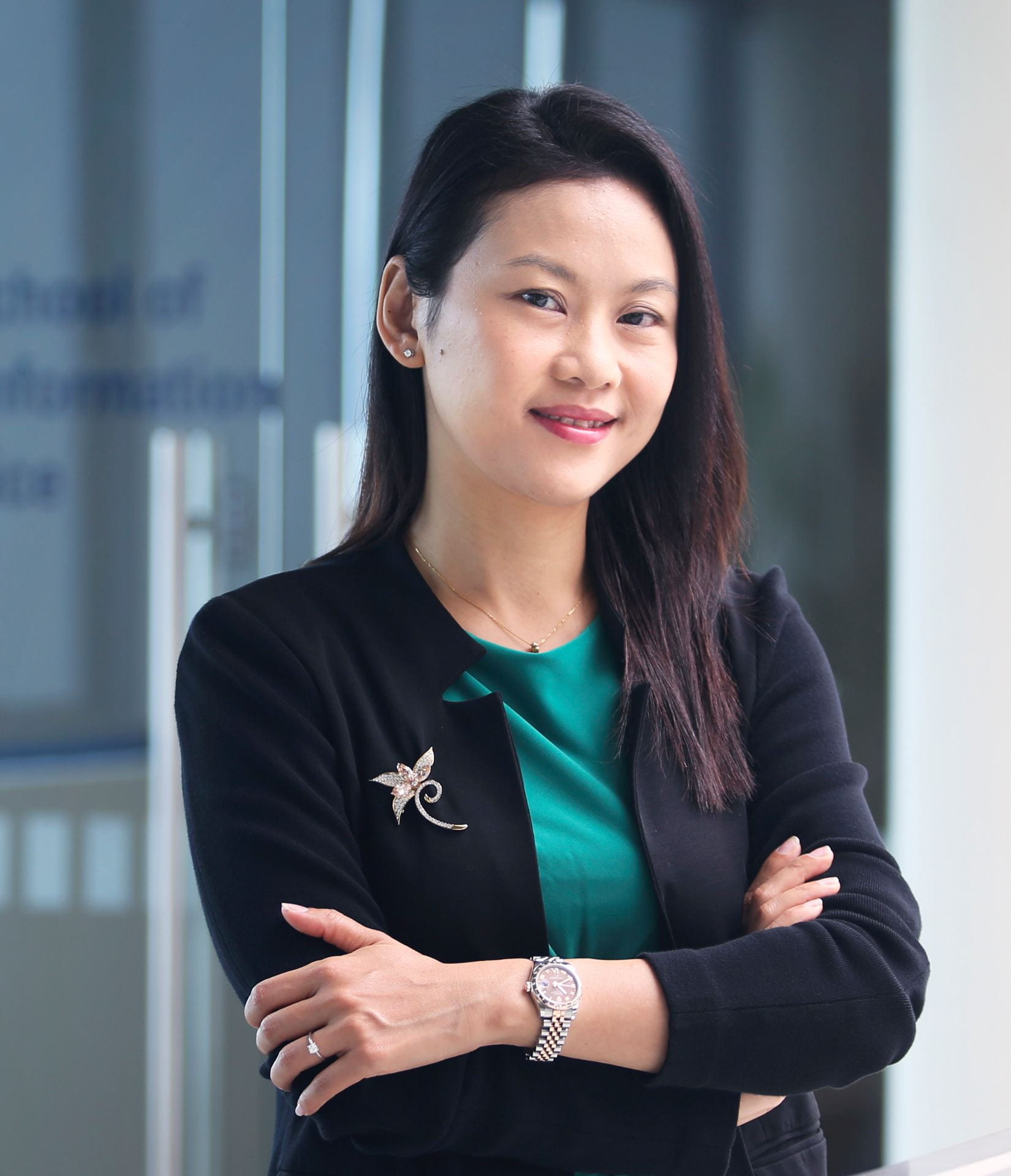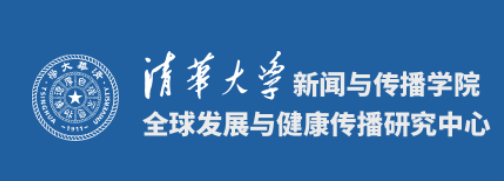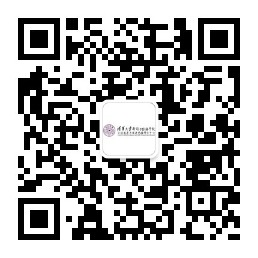南洋理工大学副校长、教授,国际传播学会会士专访

Shirley S. Ho
Interview Questions
Please provide your short answer to the following questions:
1.In your opinion, what are the differences between health communication, environmental communication, and science communication?
I see greater similarities rather than differences across health communication, environmental communication, and science communication. There are major overlapping areas in these three topical areas of emphasis. Take, for instance, a novel food technology like lab-grown meat. Lab-grown meat is a scientific innovation that has the potential to help nations achieve food security and bring about long-term environmental sustainability. Despite research showing that lab-grown meat is safe for consumption, there are uncertainties about the impact of such a novel food type to human health. Communicating accurate information about the novel food to the public is important because this may shape their attitudes towards it. This example shows us that when stakeholders wish to communicate novel food technologies to the public, it involves not just approaches from science communication, but also the necessity of drawing upon literature from health and environmental communication. The convergence of science, health, and environmental issues not only highlights the similarities across these topic areas, but also emphasizes the importance of communication theories and methodological approaches in binding them together.
2.What opportunities and challenges does Covid-19 bring to health communication research
Covid-19 presents an unprecedented historical event that allows health communication researchers to examine a plethora of complex communication related questions that we have not been able to do so before this. Health communication researchers have the chance to examine the new phenomenon of the Covid-19 infodemic, how health misinformation is spread and how misinformation can be curbed. The pandemic also allows health communication researchers to study media coverage and major changes in public opinion in such a dynamic environment. These are some examples of the many new communication research questions that have sprung up in recent years because of Covid-19.
Partly due to Covid-19, one major challenge for health communication researchers is to conduct studies that require physical presence (e.g., face-to-face surveys, in-person lab experiments, physical focus group discussions, etc.). This challenge, however, also opens new opportunities. The pandemic has propelled health communication researchers to be more innovative in embracing new methodologies to overcome these challenges. For example, better, reliable online platforms have created new opportunities for virtual focus group discussions, online surveys, and online experiments, etc.
3.With the rapid development of new technologies, how have these technologies changed health communication in recent years?
Development of new communication technologies such as social media have majorly changed the way people communicate with one another, and how health information is communicated. This major change has allowed more health communication scholars to look closer into how health information is presented in the online sphere (e.g., Twitter, Weibo, etc.), the key opinion leaders and social media influencers in the dissemination process of health information, and the formation of these networks. Other new technologies such as artificial intelligence has also enabled the development of robotics in healthcare. This has transformed the way patients interact with doctors and their healthcare experiences, which further renders new areas of research in health communication.
4.In your opinion, what implications can health communication provide for the society as a whole?
With strong theoretical modeling and rigorous methodologies, health communication research has come to a point where our findings can offer sound and practical recommendations and implications for the society. For example, health communication research can reveal the kinds of interventions that are effective in changing knowledge, attitudes, and health behaviors among different segments of the population. The implications can be wide and varied, depending on the context of study.
5.Could you please share your ideas about the drawbacks and common problems of current health communication research, and what constitutes a high-quality health communication study in terms of theory, methodology, or practice?
Common problems of current health communication research include limited generalizability of study samples due to shortcomings in data collection. For example, we often see survey studies conducted with “a student sample in a large midwestern university”. This restricted set of data lacks generalizability to population outside of the U.S. and calls into question the applicability of the results (and the theories) to other contexts/countries.
In essence, high-quality health communication study requires application and development of theories, rigorous research methodologies, and high impact to the society.
6.In your opinion, what is the emerging agenda for future health communication research?
First, I see a trend in the convergence of health, environment, and science communication. Future health communication research should find a nexus among these three supposedly “distinct” areas to develop meaningful theoretical approaches that could offer useful solutions to solve societal problems.
Besides this, new communication technologies such as online gaming, virtual and augmented reality, among others, are changing the ways we communicate. These communication technologies may also have unintended health impacts on its users. Moving forward, health communication research can take a closer look at how information is conveyed through these channels, and how these communication technologies can have an impact on people’s psychological well-being and physical health.
7.Regarding Tsinghua, as a leading university and research institution in China, what suggestions would you provide for its health communication research center to achieve its vision?
Global networks, collaborations, and leadership are important for Tsinghua’s health communication research center to achieve your vision. To this end, the research center should reach out to eminent health communication scholars globally and tap on their research strengths and insights. Academic talks and discussions aside, more resources can be put into cross-national collaborations between scholars from Tsinghua U and scholars from abroad to conduct high quality research that offers impactful findings for theory and practice. Overseas scholars can be further engaged through short- to long-term visiting programs so that the best global practices can be shared with scholars at Tsinghua’s health communication research center.
8.What roles can the Tsinghua health communication research center play in Asia health communication and global health communication?
For a start, perhaps a good strategy for Tsinghua health communication research center is to focus on developing Asia health communication. The Asian population consists of unique practices which may be very different from populations from other parts of the world.Developing a niche research area (and hence reputation) in Asia health communication can become a launchpad for eminence and leadership in global health communication in the future.
9.Could you please provide other suggestions for the development of Tsinghua health communication research center?
See all my suggestions in #7 and #8.
10.What advice do you have for young scholars in the health communication domain? How can they be inspired in their research and what aspects are of significance for them?
My advice for young scholars in health communication: Be inquisitive. Practise perseverance. Be discipline.
I recommend them to develop a network of informal mentors. Having occasional conversations with senior scholars may enable them to have clearer career goals and research directions.


